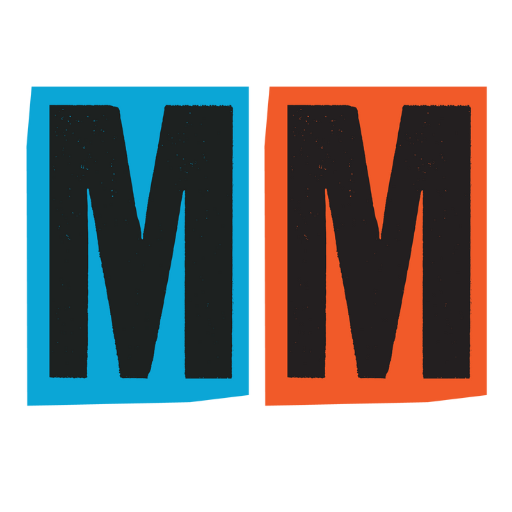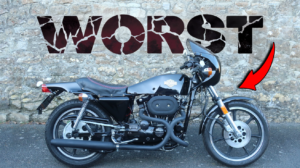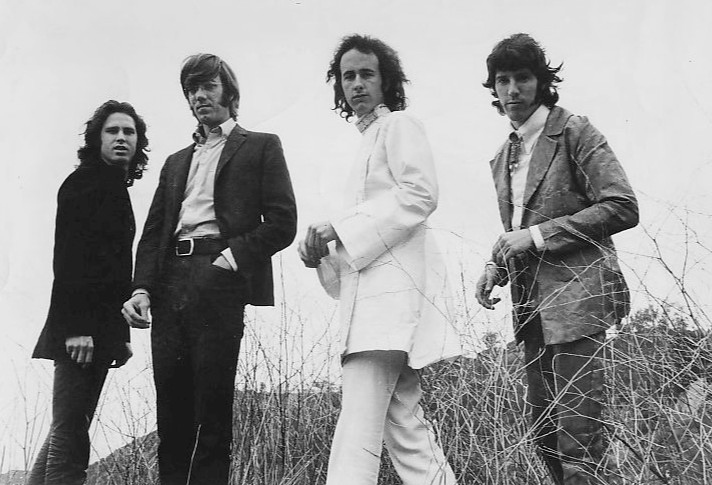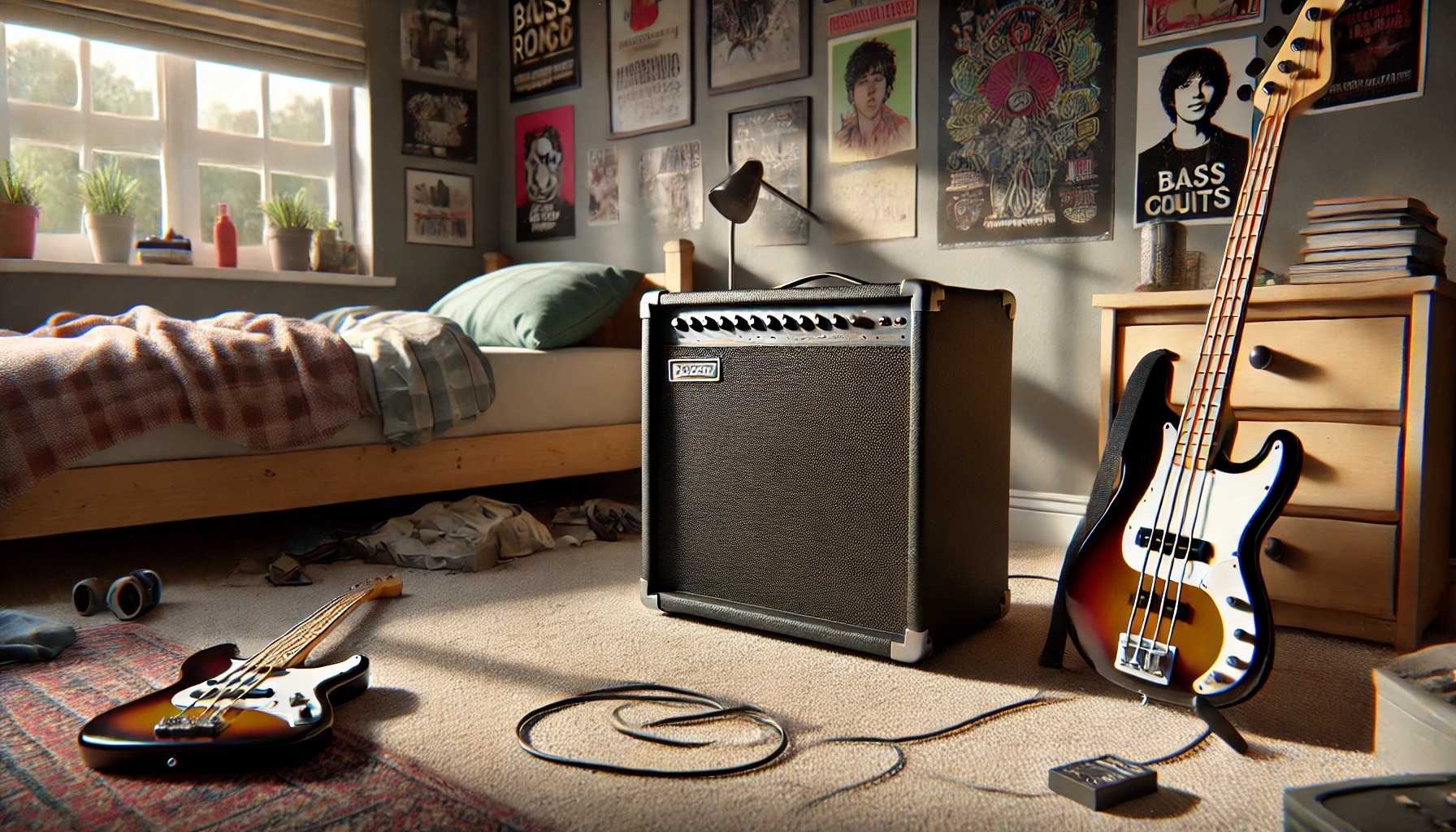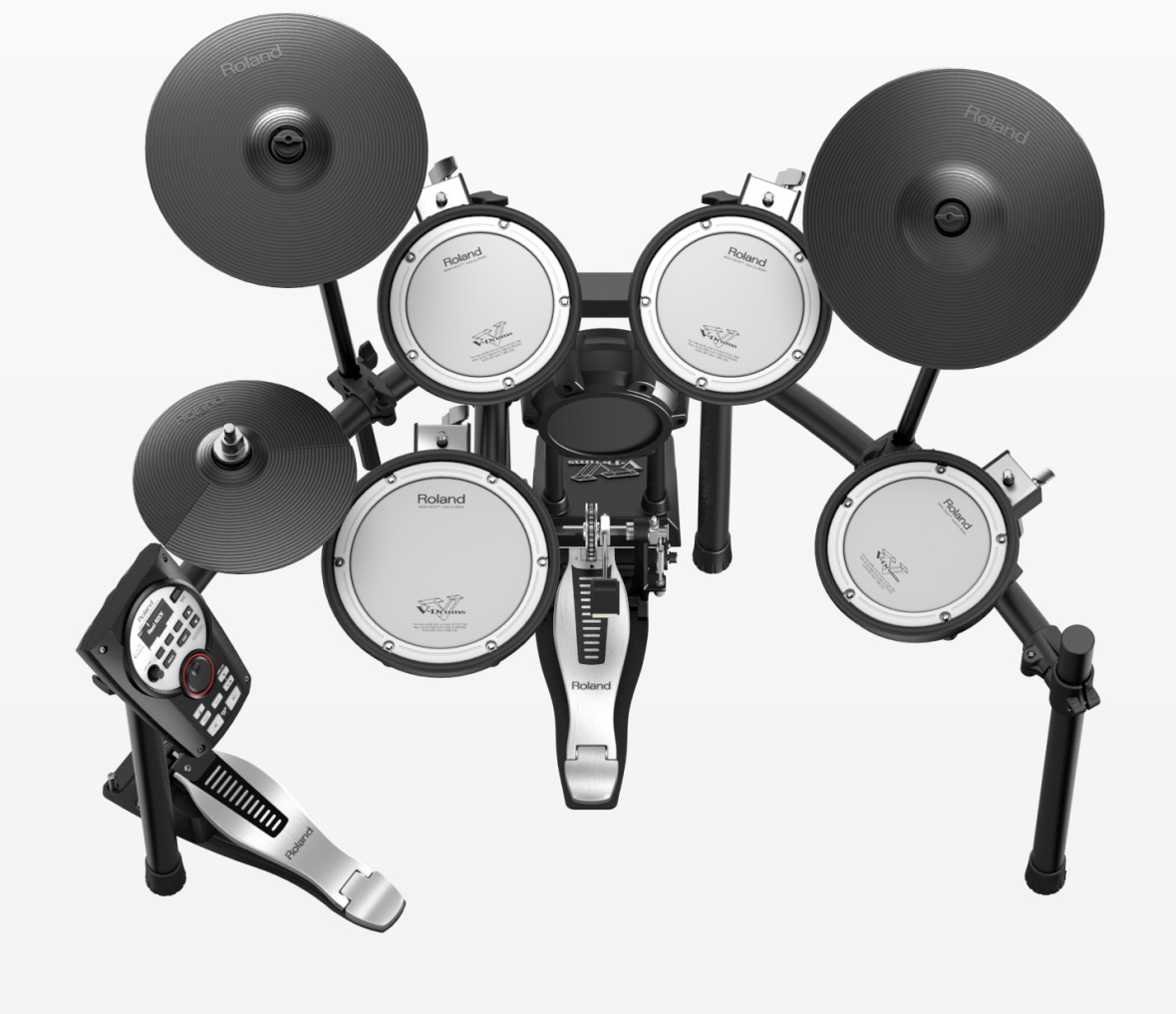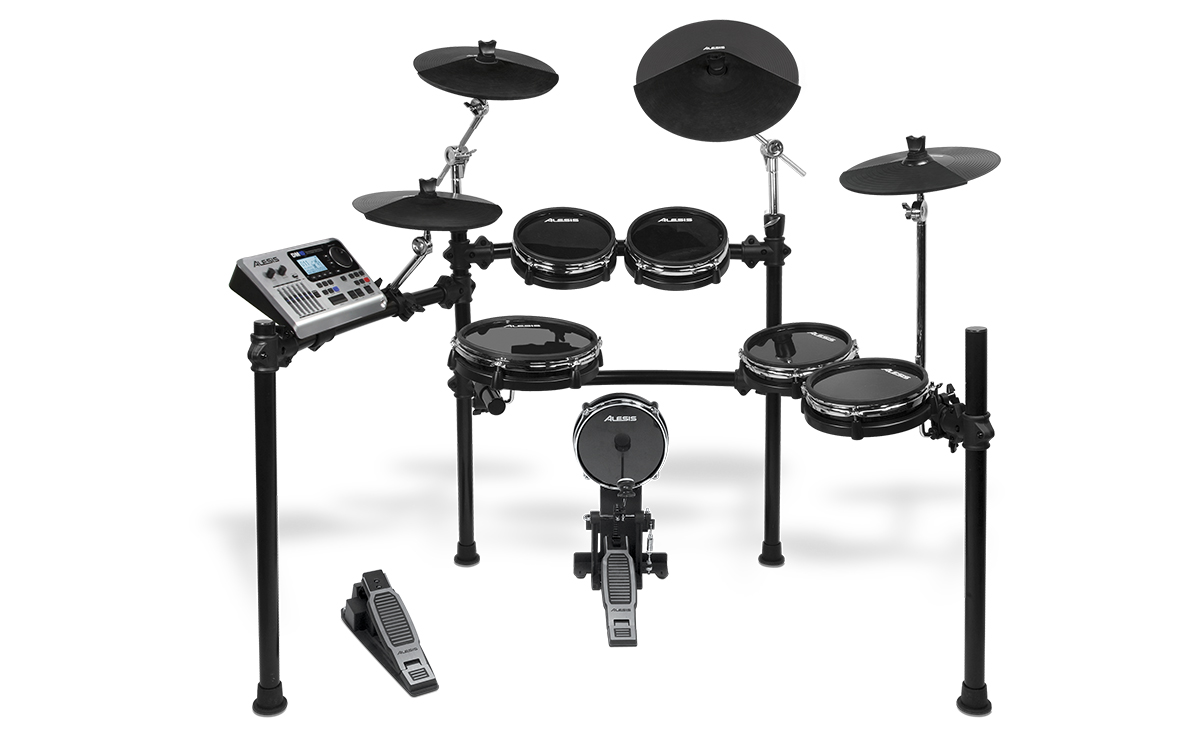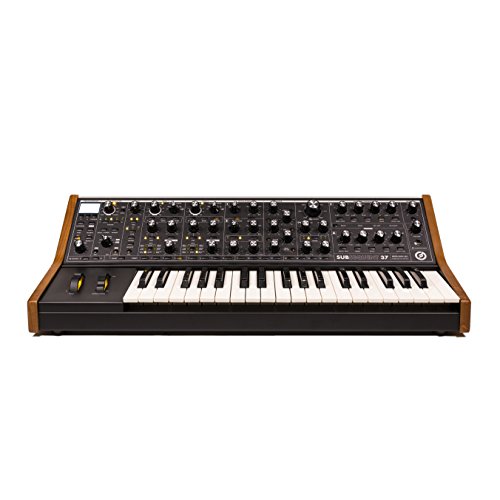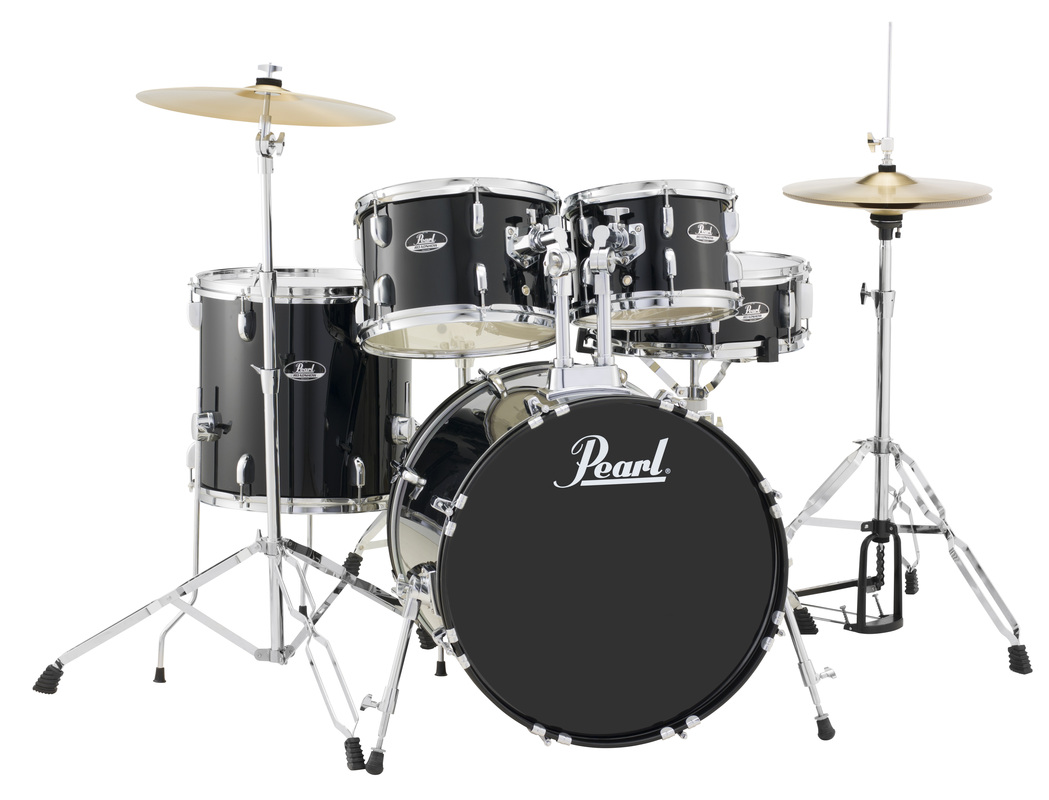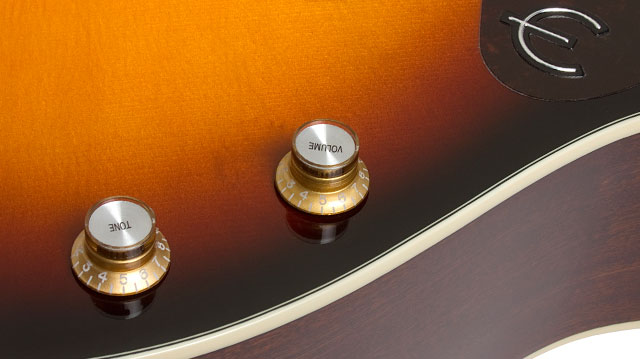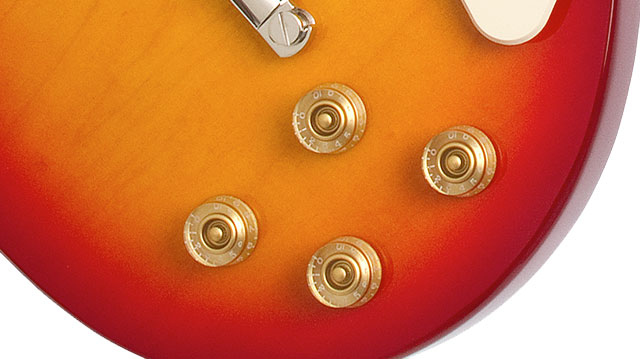
Music discovery in the 1980s meant something entirely different than today’s algorithmic suggestions and endless streaming options. In basements, converted churches, and DIY studios, artists were pushing boundaries far beyond the mainstream hits that dominated MTV and radio. While glossy pop and arena rock grabbed headlines, a parallel musical universe was taking shape through limited pressings and word-of-mouth discovery. Visionary artists were merging genres in unexpected ways – hardcore punk stretched into ten-minute epics, jazz musicians embraced drum machines, and psychedelic innovators found new ways to manipulate studio equipment.
Here are 18 underrated albums from the 1980s that deserve another listen, each one a testament to the era’s boundless musical experimentation.
18. Don Blackman – Don Blackman
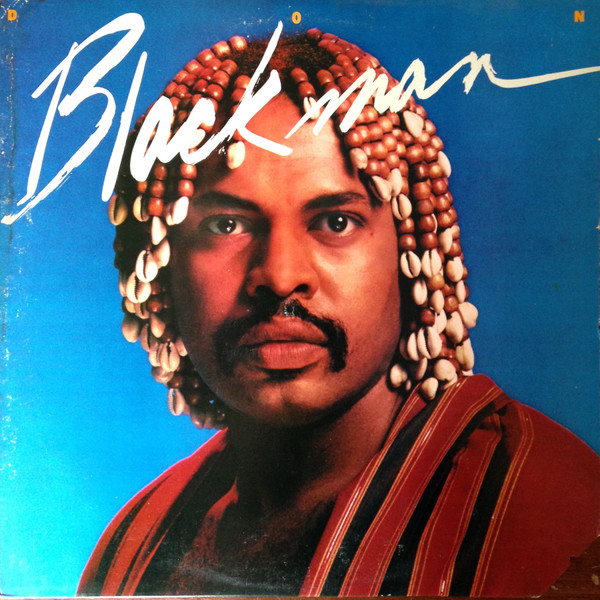
In 1982, jazz-funk reached new heights with Don Blackman’s self-titled release on Arista Records. Operating at the intersection of jazz harmony and street-level funk, Blackman created sophisticated arrangements that drew from his experience with Parliament/Funkadelic. The album moved only 10,000 units in its first year, yet its influence spans decades of R&B and hip-hop production. J Dilla and Lord Finesse later transformed “Holding You, Loving You” into hip-hop classics, introducing Blackman’s innovations to a new generation.
17. Zero Boys – Vicious Circle
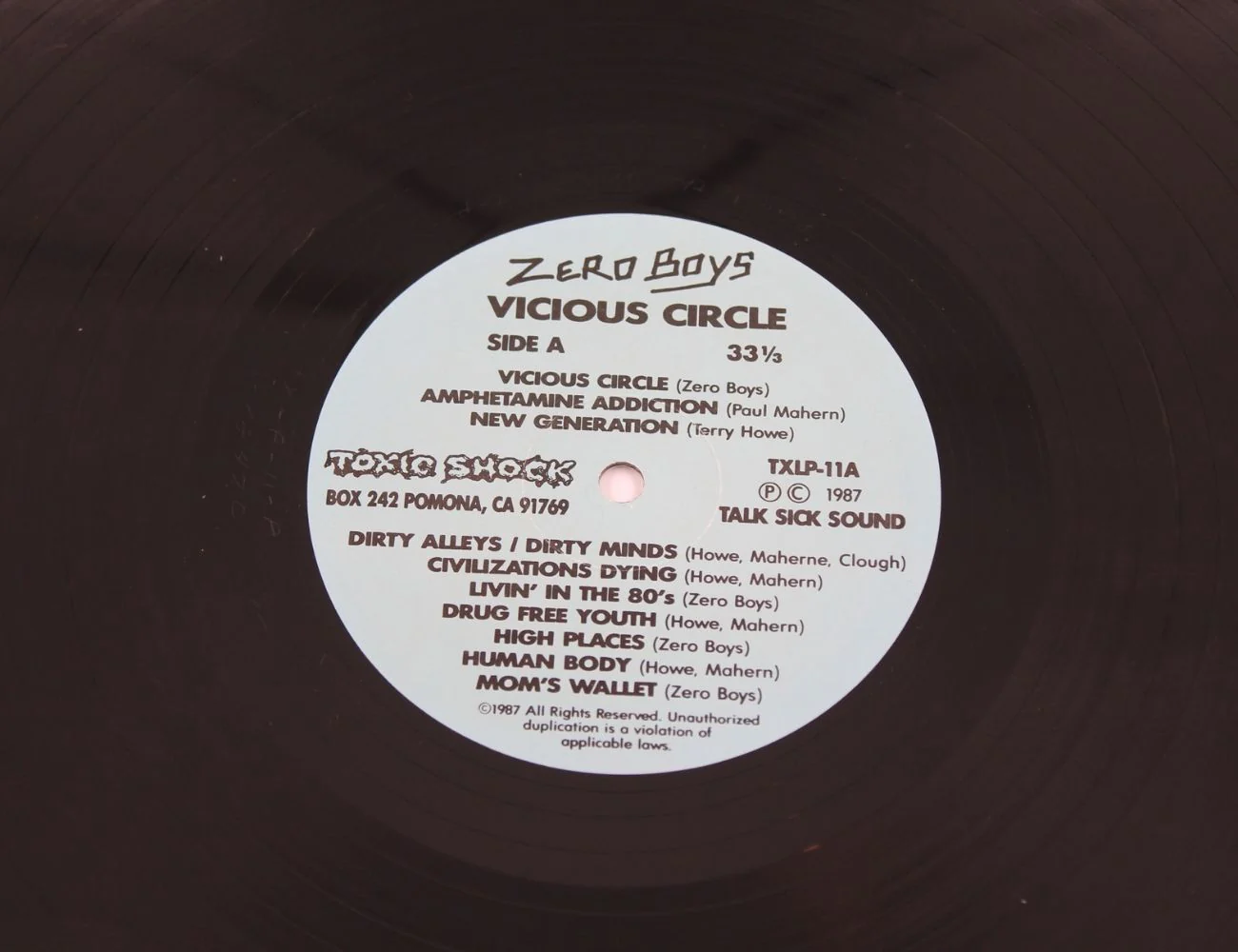
Indianapolis hardcore exploded in 1981 with Zero Boys’ “Vicious Circle,” capturing the raw essence of American punk evolution. Recorded at Keystone Recording, this 16-minute, 14-track assault showcases precision instrumentation rarely found in early hardcore. Terry “Hollywood” Howe’s guitar work cuts through Paul Mahern’s urgent vocals with surgical accuracy. Local label Nimrod Records pressed 1,000 copies initially, creating an instant collector’s item.
16. The Scientist – Rids The World Of The Evil Curse Of The Vampires
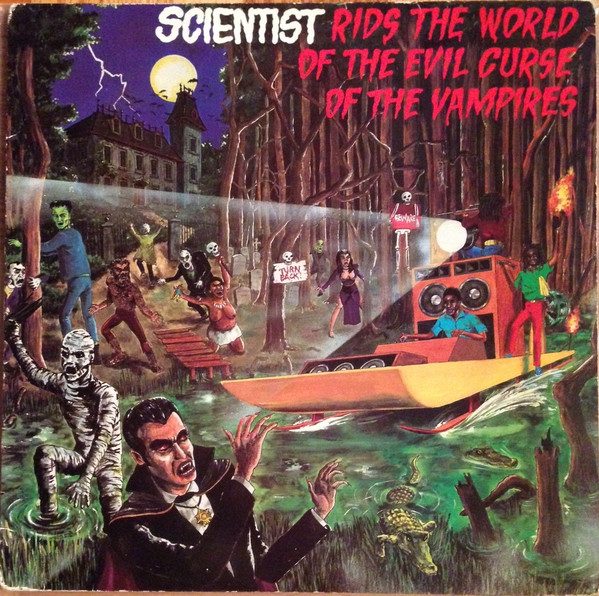
Hopeton Brown transformed mixing desk manipulation in 1981 with “Rids The World Of The Evil Curse Of The Vampires.” Recording at King Tubby’s studio in Kingston, The Scientist pushed dub music into new sonic territory through innovative mixing techniques. The album features 12 reconstructions of Roots Radics rhythms, each showcasing revolutionary applications of delay and reverb. The album’s innovative mixing techniques became standard practice at Channel One Studio, transforming Jamaica’s dub production methods throughout the decade.
15. Terry Brooks – Strange To Earth With Love
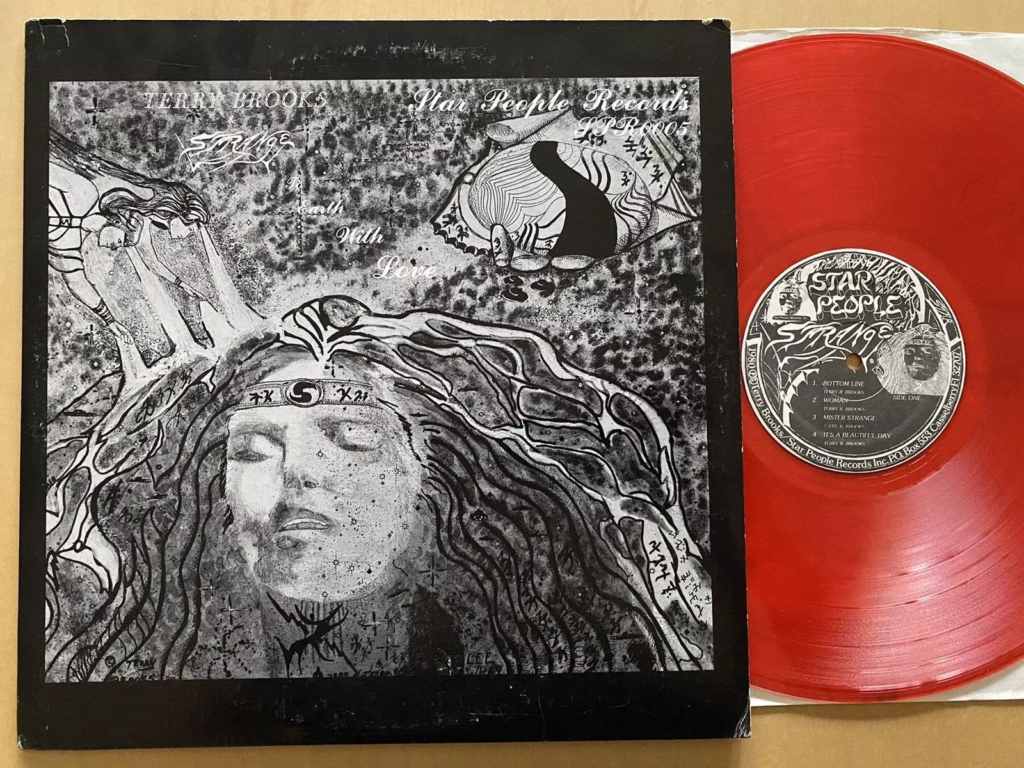
Deep within 1980’s underground psychedelic revival emerged Terry Brooks’ “Strange To Earth With Love” on the independent Evolution label. The album blends analog synthesizers with traditional rock instrumentation across seven extended compositions. Brooks recorded the material in a converted barn in rural Massachusetts, capturing a unique atmosphere through primitive multi-track techniques. Original copies now command $2,000 at auction, while its synthesizer experiments presaged the cosmic rock revival of the early 2000s.
14. Young Marble Giants – Colossal Youth

Cardiff’s Young Marble Giants stripped rock music to its essence on 1980’s “Colossal Youth.” Released through Rough Trade Records, the album challenges post-punk conventions through deliberate restraint. The trio utilized minimal equipment: one guitar, primitive drum machine, bass, and organ. The band’s minimalist approach resurfaced as a direct influence on early post-rock pioneers Talk Talk, who cited the album during the creation of “Spirit of Eden.”
13. Mistreater – Hell’s Fire
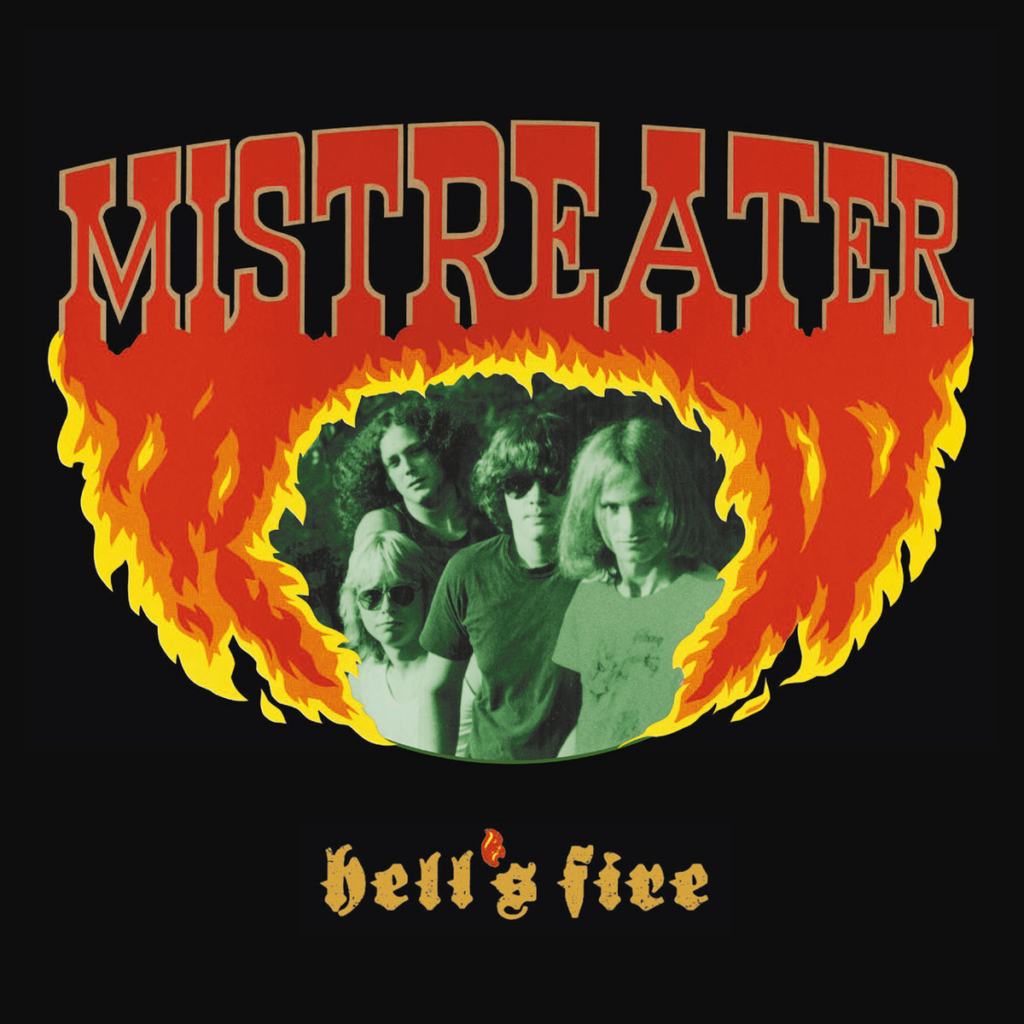
Cleveland’s Mistreater delivered raw heavy metal through 1981’s “Hell’s Fire” on Auburn Records. Recording in a basement studio with primitive equipment, the band captured the energy of their live performances. The album’s eight tracks showcase the developing American metal sound, bridging British influences with distinctly Midwestern aggression. The album’s raw production became a touchstone for the Cleveland metal scene, directly inspiring the formation of nine local bands between 1982-1984.
12. The En Gois Family – 45,000 Volts
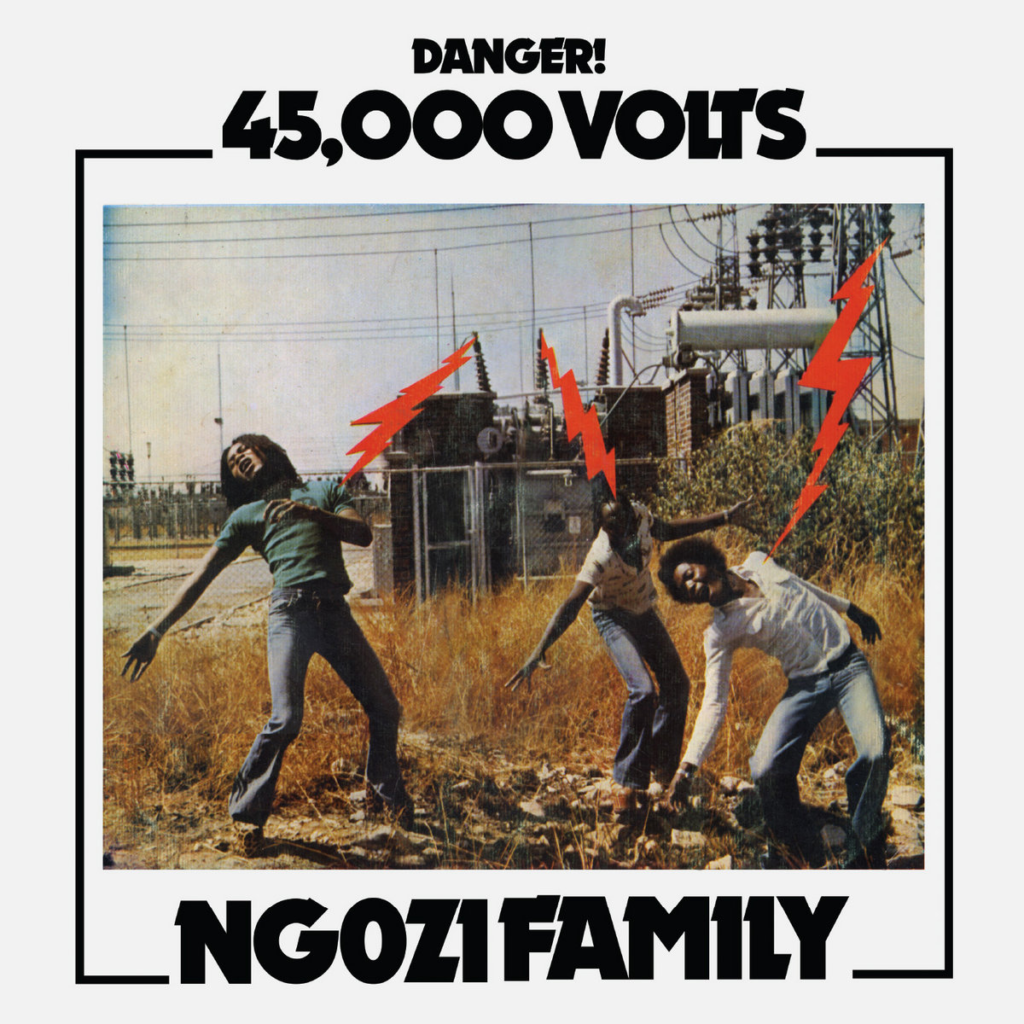
From Miami’s vibrant R&B scene, The En Gois Family merged soul traditions with emerging electronic elements on “45,000 Volts.” Released on the local TK Records subsidiary, the album pioneered the use of drum machines alongside live instrumentation. The group recorded the entire album in just five days, capturing the energy of their stage show. The album’s innovative drum programming techniques were later adopted by Miami’s emerging freestyle scene, particularly on key recordings by Expose.
11. Wipers – Youth Of America
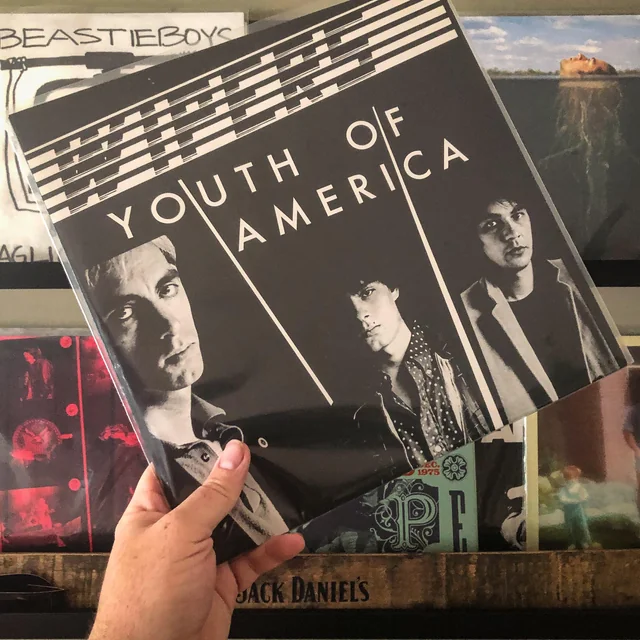
Portland’s Wipers defied punk conventions with 1981’s “Youth of America” on Park Avenue Records. Greg Sage’s visionary production transformed standard punk arrangements into expansive sonic landscapes. The title track spans 10 minutes and 24 seconds, breaking hardcore’s short-form constraints. Nirvana’s Kurt Cobain later cited the album’s title track as the blueprint for his own expansive songwriting approach.
10. Rocky Erickson And The Aliens – The Evil One
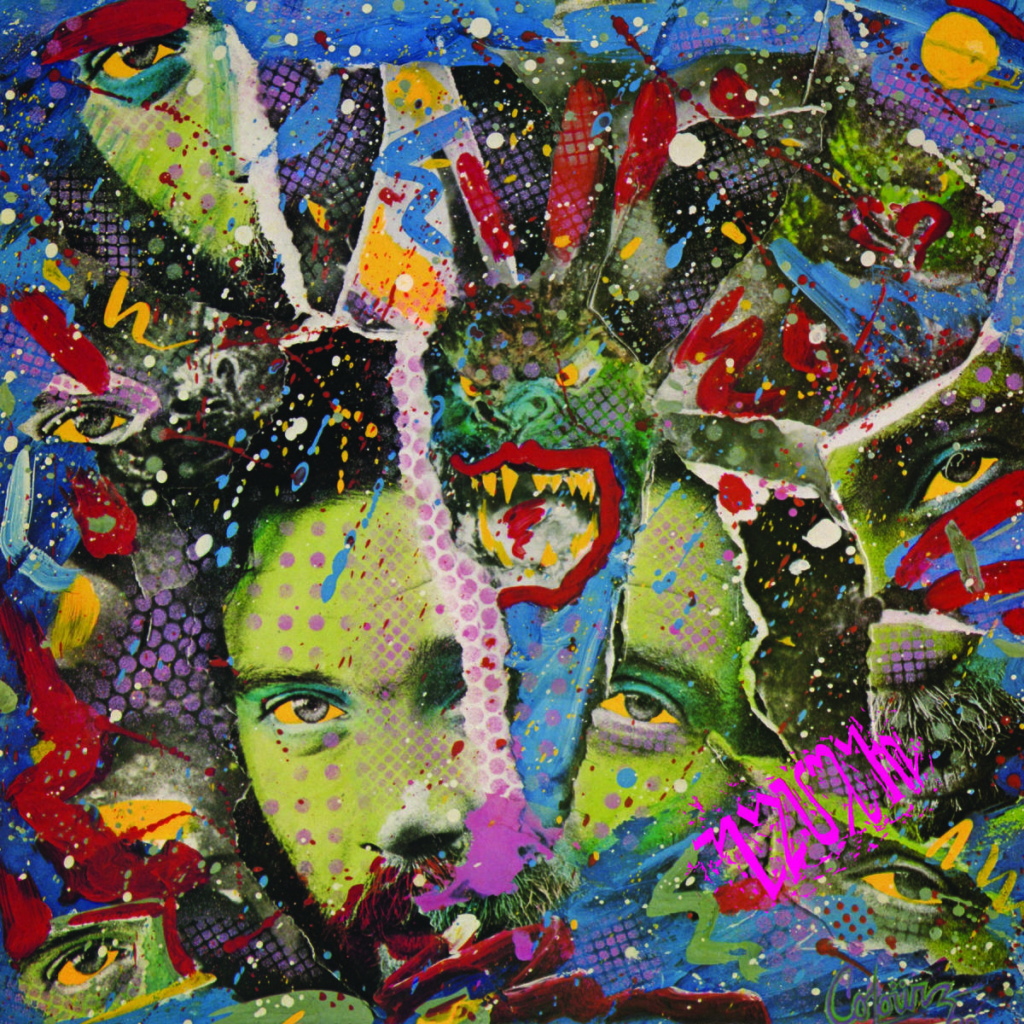
Following his 13th Floor Elevators period, Roky Erickson created horror-rock masterpiece “The Evil One” for CBS Records UK. Produced by Stu Cook of Creedence Clearwater Revival, the album channels psychological turmoil into structured rock narratives. The album contains 15 tracks exploring supernatural themes through crystalline production. Despite distribution challenges, these recordings established Erickson’s enduring influence on psychedelic and garage rock.
9. Lakeside – Keep On Moving Straight Ahead
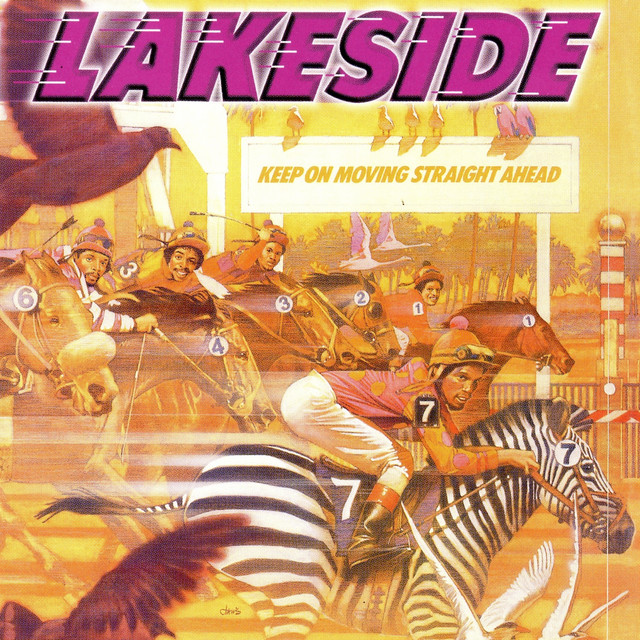
Solar Records released Lakeside’s sophisticated funk statement “Keep On Moving Straight Ahead” in 1981. Breaking from their earlier party funk sound, the band incorporated jazz fusion elements into their trademark groove. The album peaked at number 24 on Billboard’s R&B charts, showcasing the group’s musical evolution. The album’s jazz-inflected track “Something About That Woman” became a cornerstone of quiet storm radio formats throughout 1982.
8. The Melvins – Ozma

Aberdeen’s Melvins crystallized the sludge metal sound with 1989’s “Ozma” on Boner Records. Recording at Sound of Music Studios in Richmond, Virginia, the band created a new template for heavy music. The album was tracked live in six days, capturing the raw energy of their revolutionary slow-tempo approach. The album’s glacial tempos and massive guitar tones provided the sonic template for Seattle’s emerging grunge movement in 1990.
7. The Blue Nile – Hats
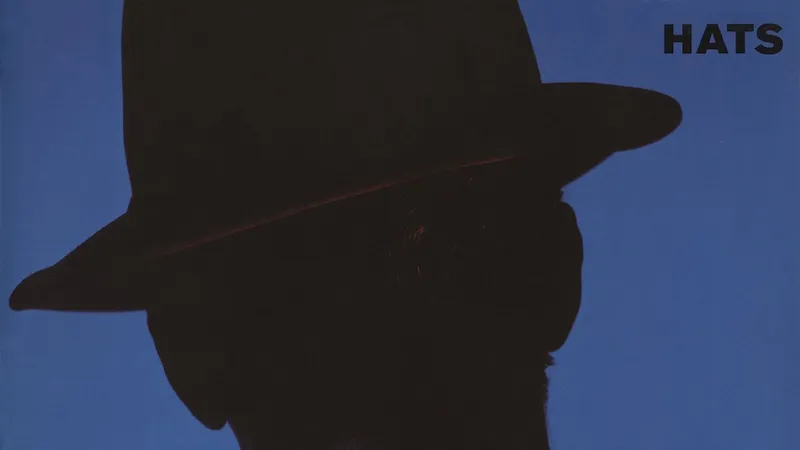
Scottish innovators The Blue Nile released “Hats” through Linn Records, revolutionizing atmospheric pop production. The band spent five years crafting seven songs, utilizing Linn’s revolutionary digital recording equipment. Producer Calum Malcolm helped shape the album’s distinctive sonic landscape in Edinburgh’s Castlesound Studios. Rickie Lee Jones later credited the album’s production techniques as the inspiration for her electronic transition on 1989’s “Flying Cowboys.”
6. Simply Saucer – Cyborgs Revisited
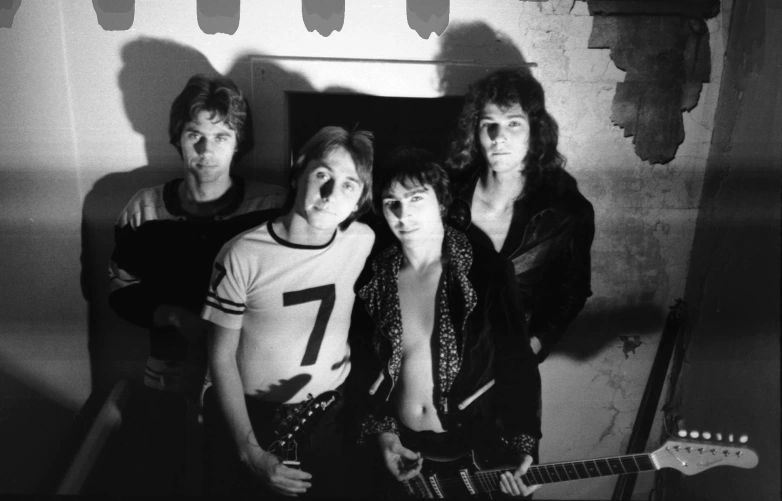
Hamilton, Ontario’s Simply Saucer documented their proto-punk experiments through “Cyborgs Revisited” on Mole Sound Records. These recordings, captured between 1974 and 1975, showcase a band ahead of their time. The album compiles seven tracks from two distinct sessions: professional studio recordings and a rooftop concert. The recordings became a cornerstone of Canadian underground rock, with the rooftop concert footage emerging as a celebrated documentary in 2006.
5. Outskirts Of Infinity – Sings From The Dreams Of Angels

Underground psychedelic revival peaked with Outskirts of Infinity’s debut on Acid Tapes. Recorded in a converted church in rural England, the album merged traditional psychedelia with space rock dynamics. The band utilized vintage 1960s equipment to capture authentic psychedelic sounds. These recordings sparked the formation of England’s Terrastock Festival movement, leading to six international psychedelic gatherings between 1997-2008.
4. Randy And The Goats – On The Lam

Minneapolis garage rockers Randy And The Goats released their sole album through Twin/Tone Records’ subsidiary Barn Records. Recording in a converted warehouse space, the band captured their live energy through primitive eight-track equipment. The album’s ten songs clock in at 24 minutes, preserving the urgency of the Midwest garage scene. The album’s urgent production style became the blueprint for Twin/Tone’s signature sound, directly influencing the recording approach of The Replacements’ early works.
3. Magic – Magic

From Detroit’s experimental underground emerged Magic’s self-titled release on Baron Records. The band merged progressive rock structures with early analog synthesizer technology in a converted theater space. Initial pressing numbered 500 copies, with each cover hand-painted by local artists. The album’s unique electronic-prog fusion sparked Detroit’s space rock movement, with local bands like Medusa adopting its innovative recording techniques throughout the mid-1980s. Would you like to have a look at more album reviews? Here are a couple of album reviews you might like.
2. Opal – Happy Nightmare Baby

SST Records released Opal’s “Happy Nightmare Baby” as dream pop emerged from psychedelic roots. David Roback and Kendra Smith recorded in Los Angeles’ Radio Tokyo Studios with engineer Ethan James. The album’s eight compositions explore darkened psychedelia through sophisticated studio techniques. The album’s hypnotic “She’s A Diamond” became a template for Mazzy Star’s dream-pop evolution two years later.
1. Corrosion Of Conformity – Eye For An Eye
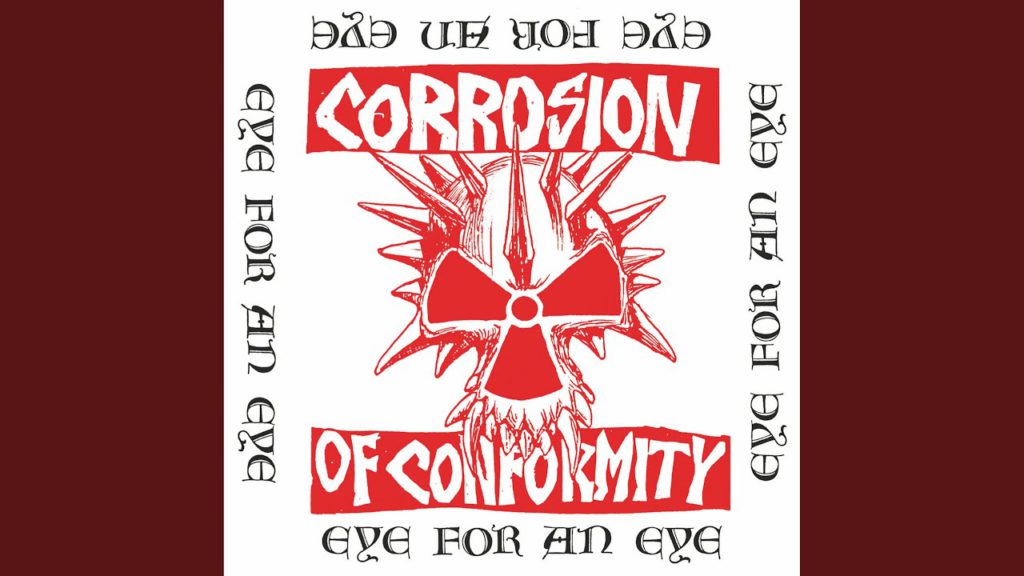
North Carolina’s Corrosion of Conformity released their debut through No Core Records, bridging hardcore punk and metal. Recording at Raleigh’s Versatone Studios, the band captured their raw power with engineer Jerry Williams. The album contains 14 tracks recorded in 27 hours, defining the emerging crossover thrash sound. The album’s fusion of hardcore speed and metal precision sparked North Carolina’s enduring crossover thrash movement, with bands like Slash-O-Liner emerging in its wake.
